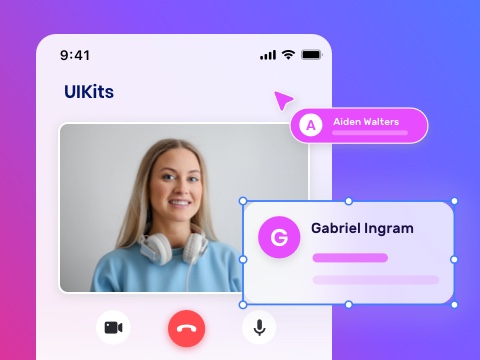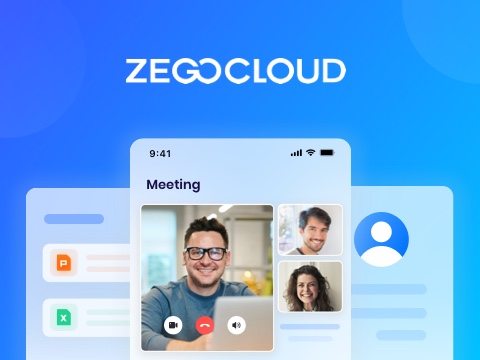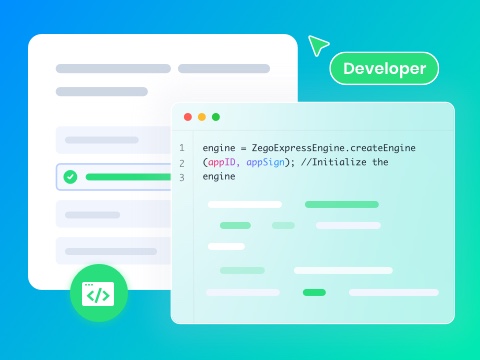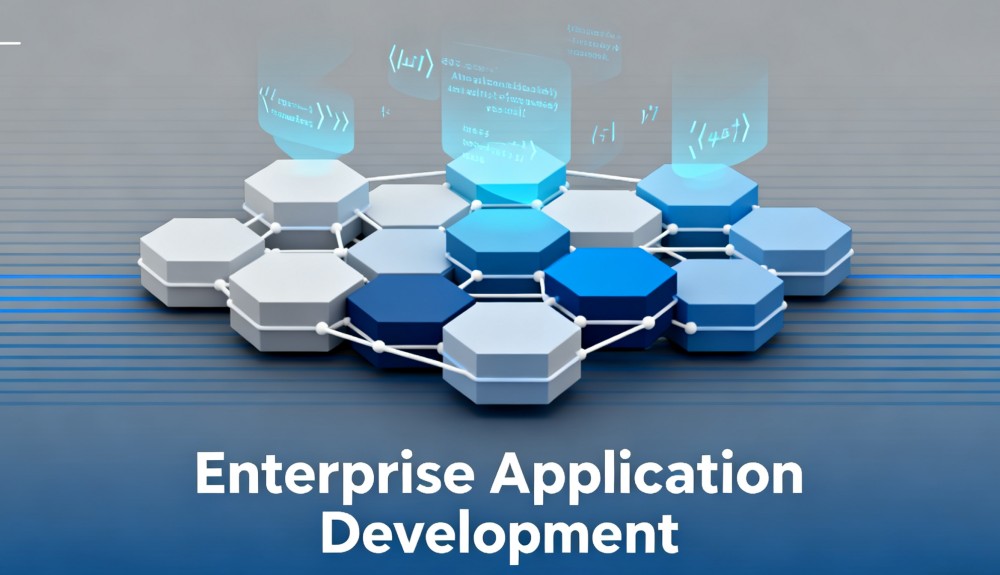Before the advancement in technology, large corporations around the globe had to handle each task from scratch, such as inventory of human resources. However, keeping everything coordinated would be as simple as pie if they had the right tools or technology. Therefore, this article will guide you in enterprise application development, ensuring every part of the business runs smoothly.
What is Enterprise Application Development?
Enterprise software development involves designing and building personalized solutions according to business needs. Compared to regular applications, these large-scale systems can easily handle complex operations and assist users across different departments. In terms of usage, enterprise apps can be used for tasks like managing finances, supply chains, or human resources.
Furthermore, they can integrate with other systems, offering innovative tools to make everyday tasks seamless. The best part about these applications is that they bring everything together in one place, eliminating the need for separate tools. Hence, teams can easily share data and automate processes to enhance productivity by generating a separate platform.
Traditional vs. Modern Enterprise Application Development
You might want to know what makes any modern enterprise software development services distinctive from traditional ones. If so, here is the detailed comparison table, letting you grab an in-depth idea for improved clarity.
| Metrics | Traditional Enterprise Application Development | Modern Enterprise Application Development |
|---|---|---|
| Development Approach | Waterfall methodology | Agile and DevOps |
| Scalability | Difficult to scale as it requires significant rework or overhauls. | Highly scalable because it is designed with cloud-native architectures in mind. |
| Infrastructure | Based on on-premises servers that require physical hardware management. | Consists of cloud-based infrastructure that allows flexible and on-demand scaling. |
| Technology Stack | Monolithic architecture | It uses microservices, APIs, and serverless architecture for modularity. |
| Cost Efficiency | Higher upfront costs due to hardware and long development cycles. | Lower upfront costs with pay-as-you-go cloud services and faster iterations. |
| User Experience | User interfaces are often rigid and not as intuitive. | Focus on user-centric, responsive, and mobile-first design. |
| Customization | Customization is time-consuming and expensive. | It is highly customizable through modular components and flexible APIs. |
| Data Handling | Based on centralized databases that are often difficult to scale and manage. | Distributed, scalable databases |
| Security | Security measures are applied at the perimeter, with a limited focus on internal threats. | Security is integrated into each layer with a detailed emphasis on data encryption and access control. |
5 Benefits of Enterprise Application Development
Moving on to the significance of enterprise app development, individuals or businesses can avail themselves of countless opportunities using this platform. Consequently, here is the breakdown of the benefits, ranging from increased efficiency to better customer experience:
- Increased Efficiency: Using these software applications, enterprises can easily automate tasks to reduce human errors and effort. Thus, once everything is integrated under one platform, workers can easily focus on other tasks to boost productivity.
- Centralized Data Management: Since users can store all the data in one place, data management and analysis are seamless. This allows you to spend less time searching for details and making quick, data-driven decisions.
- Improved Collaboration: Another fascinating aspect of enterprise mobile app development is that it connects various departments and teams under one roof. Through this, employees can reduce misunderstandings, improve teamwork, and focus on clear communication and collaboration.
- Better Customer Experience: Once everything is coordinated, companies can offer better services to their consumers by offering personalized solutions. Thus, these applications can track customer feedback and interactions, enabling them to improve the services if required.
- Scalability and Flexibility: After the business grows, enterprise applications can scale to accommodate more users and features as they are designed to be flexible. With this, one can easily insert more features or integrate with other systems to upscale their performance.
How to Build Enterprise Applications
Do you want to know how enterprise software development services applications are generated to make business operations smooth and efficient? If yes, dive into the comprehensive details under this section to discover seamless steps involved in enterprise application development.
1. Understand Business Needs
Begin by determining your business needs or goals and the kind of audience you want to target with your application. Moreover, discuss with your teams and know what competitors offer, letting you focus on areas they lack to make your service unique.
2. Plan the Application Features
Once you know your goals, plan the features you want to incorporate into your enterprise application. For that, it is advised to use tools such as data management, automation, and reporting to improve users’ experience.
3. Choose the Right Technology
After you’ve made the list of application features, choose the right and most frequently used technology to start the development process. This involves selecting a programming language, framework, and database that ideally fits your project’s scale.
4. Design the User Interface
Other than technology, focus on creating a user-oriented interface, allowing users of all experiences to navigate the tool seamlessly. Unlike other applications, verify that your platform shouldn’t require any learning curve and make operation simple and easy.
5. Develop the Application
Moving on to custom enterprise software development, start the coding process based on the features and framework you designed before. It is recommended that the app creation process be divided into smaller steps to focus on accurate development.
6. Test and Debug
Now that you’ve brought your ideas to life test the application thoroughly to catch any bugs or issues. If you find any, overcome them and retest to ensure your app meets your business requirements.
7. Deployment and Maintain
Once tested and verified, launch the app to let users take advantage of your platform to handle simple and intricate tasks hassle-free. Lastly, remember to maintain and update apps regularly because outdated software loses its value.
Challenges of Enterprise Application Development
If you’ve decided to continue with enterprise mobile app development, know that this procedure comes with some challenges, too. Therefore, we’ve mentioned some drawbacks here, enabling you to overcome them promptly if you face any.
- Complexity in Design and Integration: Enterprise applications can integrate with various existing systems, such as CRM, databases, or ERPs. This feature makes the designing process intricate, as ensuring a smooth data flow with existing tools can be highly complex.
- Security Concerns: Besides, if your goal is to handle financial information or customer details, your app should have strong security measures. Failure to apply proper encryption, data authentication, or protection tools can lead to legal and ethical concerns.
- High Development Costs: If you are running a small business, developing enterprise software can be expensive. From hiring developers to buying software licenses and ensuring long-term support, the procedure is quite time-consuming and requires a hefty amount.
- Scalability Issues: Furthermore, once the business expands, enterprise application development requires adding more users, processes, and data. As a result, guaranteeing scalability with performance issues and managing downtime becomes costly and time-consuming.
- Continuous Updates and Maintenance: Another major challenge is that these applications require constant updates to stay competent, secure, and efficient. Hence, managing the updates while ensuring minimal operation distortion appears to be a consistent challenge.
How ZEGOCLOUD Can Help for Enterprise Application Development
Developers who want to distinguish their application from any enterprise app development company should explore and use ZEGOCLOUD. With this platform, they can benefit from smart and innovative APIs and SDK solutions. Its file and screen-sharing features can assist developers in creating an application that ensures seamless information exchange among teams.
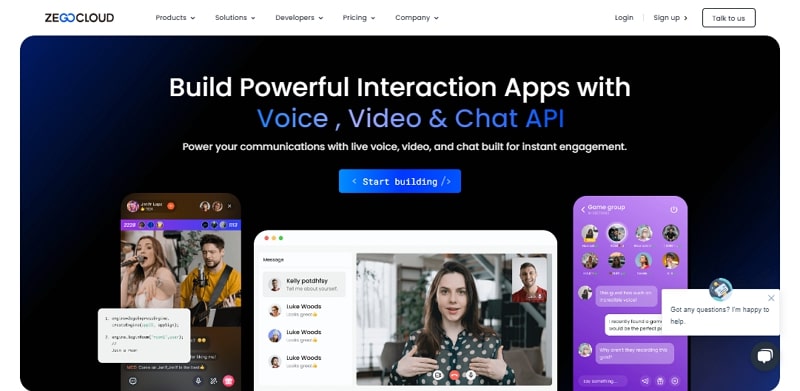
To make communication and collaboration easier, it offers super board API that leverages interactive whiteboards. Through this, multiple users can share ideas and content, letting them discuss projects in one frame. Not only that, but you can also share the whiteboard content from multiple compatible devices like iOS, Android, Web, Windows, or macOS.
As far as chat features are concerned, you can embed the message history feature during enterprise mobile app development by utilizing ZEGOCLOUD’s in-app chat API. Its real-time communication network covers over 200 regions, letting you deliver messages with an ultra-low latency of as low as 200ms. In addition, there is a call invitation feature that helps you improve team interaction while developing enterprise software.
Conclusion
Summing up, enterprise software development involves creating customized solutions as per the cooperation needs. Thus, if you seek to generate an app, this article has gathered all the essential data related to software development. After going through this article, you must have learned how ZEGOCLOUD can make the development process easier for you.
Read more:
FAQ
Q1: What is enterprise application development?
Enterprise application development is the process of creating large-scale software solutions that help organizations manage operations, data, and business processes efficiently. These apps are designed for scalability, security, and integration with other enterprise systems.
Q2: What is the difference between ERP and EA?
ERP (Enterprise Resource Planning) focuses on managing internal business processes such as finance, HR, and supply chain. EA (Enterprise Application) is a broader term that includes ERP along with other specialized systems like CRM, analytics, and collaboration tools.
Q3: What is meant by EAI in banking?
EAI (Enterprise Application Integration) in banking refers to connecting different systems, such as core banking, payment gateways, and customer service tools, so data can flow smoothly and processes work in real time.
Q4: What are the 7 stages of app development?
The seven stages are idea generation, research and planning, wireframing and design, development, testing, deployment, and maintenance.
Let’s Build APP Together
Start building with real-time video, voice & chat SDK for apps today!


